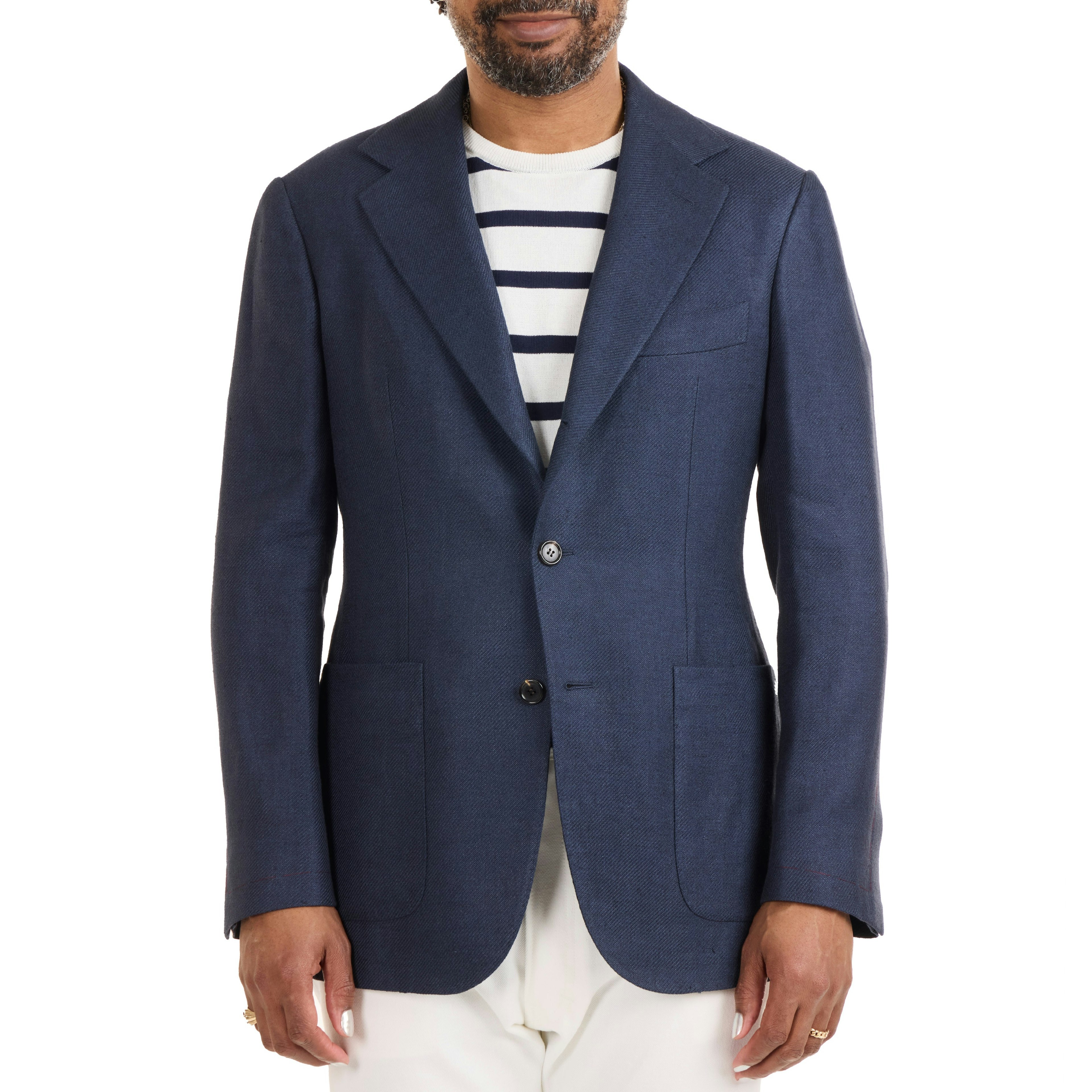CrimsonSox
Senior Member
- Joined
- Sep 23, 2012
- Messages
- 396
- Reaction score
- 188
I have just come across this site with all this fascinating information about my great grandfather. I have a his customer list with many famous names, who referred them and occasionally their measurements. Sadly, the book in which all these details were recorded was cut up by someone so I only have some of the records. Other noteworthy names include Ian Fleming, Noel Coward, Puccini, Mountbatten of Burma, Muhammid Ali Jinnah and Conde Nast.





